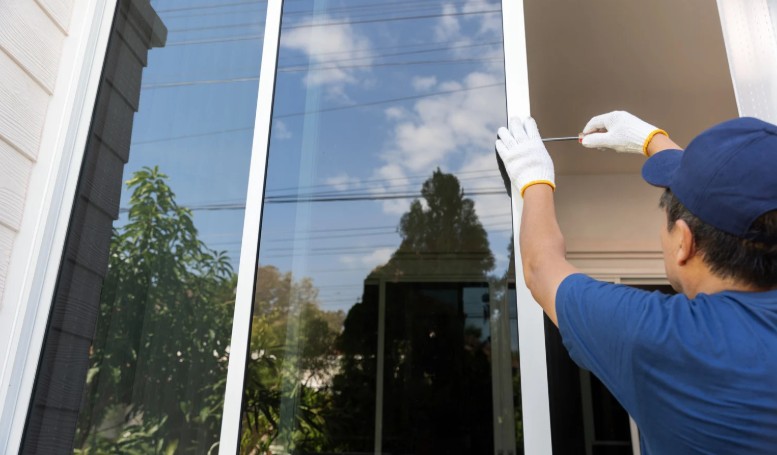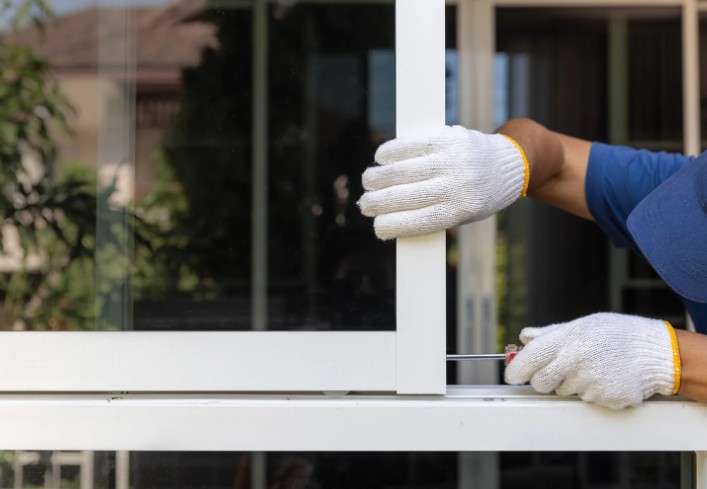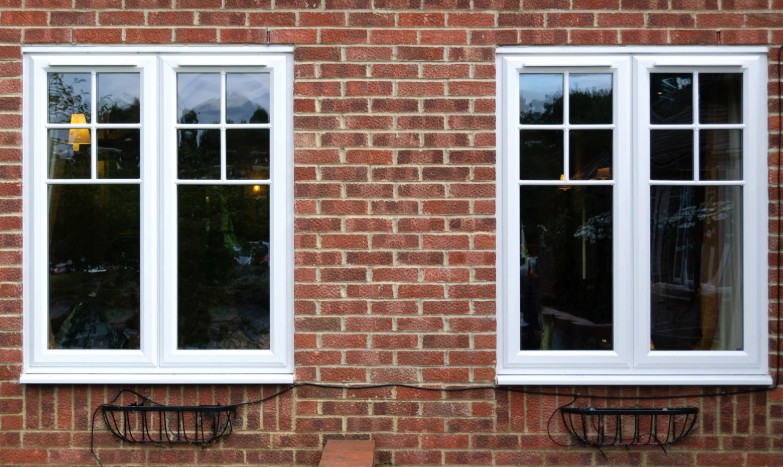- What Does Resealing a Window Actually Mean?
- Why Should You Reseal Windows?
- When Should You Reseal Your Windows?
- How to Reseal Windows? – Step-by-Step DIY Guide
- Should You Reseal from the Inside or Outside?
- DIY vs Professional Resealing – Which One’s Right for You?
- Final Thoughts – Keep Your Windows Sealed and Efficient
- FAQs – Common Questions About How to Reseal Windows
What Does Resealing a Window Actually Mean?
Are you looking for how to reseal windows? Resealing a window means applying fresh sealant around the window frame to close any gaps or cracks that may have formed over time.
It’s a practical way to restore energy efficiency, prevent water ingress, and block draughts — all without replacing the entire window unit.
Is Resealing Just About Applying New Silicone?
Not quite. While silicone sealant is a key part of the process, resealing also involves:
- Removing old, deteriorated sealant
- Cleaning and prepping the area
- Applying a smooth, even seal
- Allowing time for curing
![]()
Which Parts of a Window Typically Need Resealing?
You’ll usually reseal:
- Around the external perimeter of the window frame
- Where the frame meets the wall or brickwork
- Sometimes internally, if there’s draught or water ingress
Why Should You Reseal Windows?
Are You Losing Heat or Energy Through the Window Seals?
Yes — damaged seals allow cold air to creep in and warm air to escape, forcing you to crank up the heating. This leads to:
- Higher energy bills
- Less consistent room temperatures
- Reduced comfort during winter
How Can Broken Seals Cause Condensation Between Panes?
If you see mist or condensation between double-glazed panes, it usually means the sealed unit has failed. Moisture gets trapped inside, which:
- Reduces thermal performance
- Affects visibility
- Can even cause mould growth
Note: Resealing won’t fix condensation inside glazing — for that, you’ll need the unit replaced.
Can Resealing Reduce Draughts and Noise?
Absolutely. A fresh seal:
- Blocks unwanted draughts
- Keeps out external noise
- Enhances your home’s insulation
Is It Cheaper Than Replacing Windows?
Definitely. Resealing costs a fraction of full replacement. If your window frames and glazing are still in good condition, resealing is a smart, budget-friendly alternative.
When Should You Reseal Your Windows?
What Are the Signs Your Window Seals Have Failed?
Keep an eye out for:
- Cold draughts even when windows are closed
- Black mould or damp patches around the frame
- Cracked, brittle, or missing sealant
- Increased condensation or foggy double glazing
- Peeling paint or soft woodwork
How Often Should You Reseal Double Glazed Units?
Window sealant can last 5 to 15 years, depending on exposure. South-facing windows or those facing heavy rain may degrade faster.
It’s good practice to inspect seals annually and reseal when needed.
Is Seasonal Maintenance a Good Idea?
Yes — autumn is ideal for resealing, just before the cold and wet winter months hit. Sealing then ensures better insulation and weather protection.

How to Reseal Windows? – Step-by-Step DIY Guide
What Tools and Materials Do You Need?
Here’s your toolkit for resealing:
- Silicone sealant (exterior-grade for outside use)
- Caulking gun
- Utility knife or scraper
- Sealant remover or rubbing alcohol
- Cleaning cloths
- Masking tape (optional for cleaner edges)
- Gloves
How to Safely Remove Old Sealant?
- Utilize a utility knife / scraper to cut along the corner of the old sealant.
- Gently peel away the material.
- Scrape any leftover residue.
Be patient — the cleaner the surface, the better the new seal will bond.
Cleaning and Preparing the Surface
- Wipe the area with rubbing alcohol or sealant remover.
- Let it dry completely before applying new sealant.
- Use masking tape around the edge (optional) to help keep your lines neat.
Applying New Silicone Sealant Evenly
- Load the sealant tube into your caulking gun.
- Chop the nozzle at a 45° angle.
- Apply steady pressure to get down a smooth, even bead.
- Move a wet finger or finishing tool along the seal to smooth it.
Tip: Don’t rush. Take it section by section for a clean finish.
How Long Does Sealant Take to Cure?
Most silicone sealants take:
- 24 hours to cure for light use
- Up to 72 hours for full waterproofing and bonding
Avoid touching or cleaning the area during this time.
Should You Reseal from the Inside or Outside?
What’s the Difference Between Interior and Exterior Sealing?
- Exterior resealing blocks rainwater and wind from entering
- Interior sealing helps with air draughts and aesthetics
When Is It Best to Reseal Externally?
If you’re feeling draughts, seeing damp patches, or have visibly cracked exterior sealant, then external resealing should be your priority.

DIY vs Professional Resealing – Which One’s Right for You?
Here’s a side-by-side comparison:
| Aspect | DIY Resealing | Professional Resealing |
| Cost | Low (£10–£40) | Higher (£60–£200 per window) |
| Skill Level Required | Moderate (some practice needed) | None – handled by experts |
| Time Involved | 30–90 mins per window | Quicker for large jobs |
| Risk of Mistakes | Possible uneven application | Minimal, cleaner results |
| Ideal For | Handy homeowners, small fixes | Multiple windows, failed glazing units |
Final Thoughts – Keep Your Windows Sealed and Efficient
If your home feels colder, your energy bills are creeping up, or your windows look a bit tired — it might be time to reseal.
By tackling the issue early, you can:
- Restore energy efficiency
- Prevent moisture damage
- Enjoy a quieter, draught-free space
And with the right tools and a bit of care, you can do it yourself.
FAQs – Common Questions About How to Reseal Windows
1. Can You Reseal Double Glazing to Fix Condensation?
If the condensation is between the panes, resealing won’t help — that means the sealed unit has failed. You’ll need to replace the glazing unit. Resealing helps if the problem is around the edges or external leaks.
2. How Much Does Resealing Windows Cost in the UK?
- DIY: Around £10–£40 (sealant and tools)
- Professional: Around £60–£200 per window, depending on access and materials
3. Is Resealing Windows a Permanent Solution?
No — even quality sealant wears down over time. Expect to reseal every 5–10 years, especially on weather-exposed windows.


0 Comments